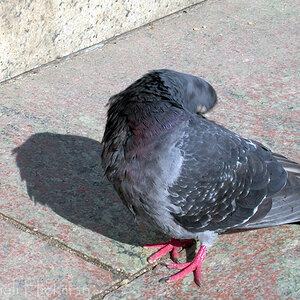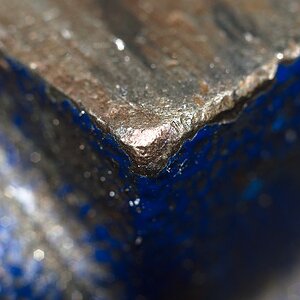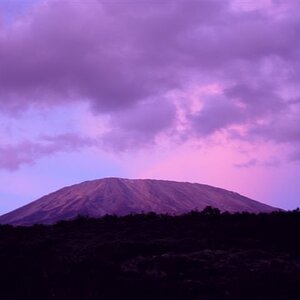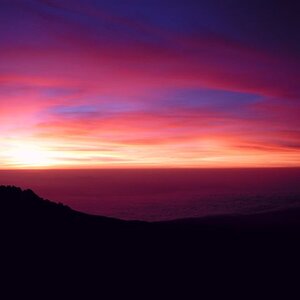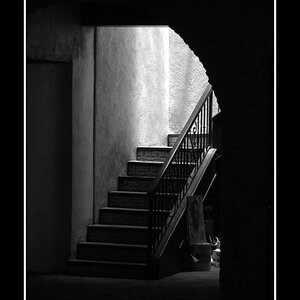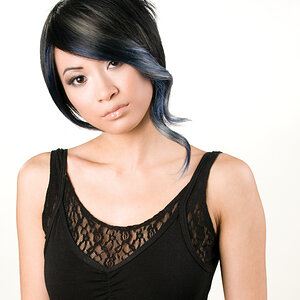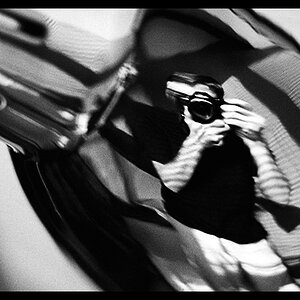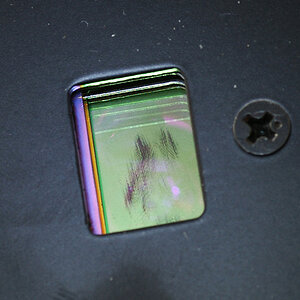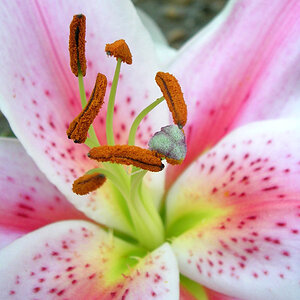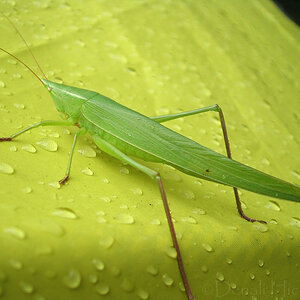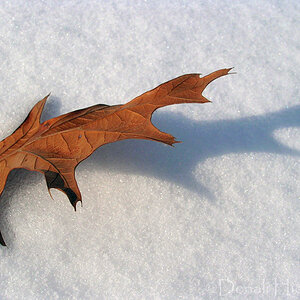ladshead
TPF Noob!
- Joined
- Feb 27, 2009
- Messages
- 6
- Reaction score
- 0
- Can others edit my Photos
- Photos NOT OK to edit
I'm trying to get my head around a problem I am experiencing when using custom white balance for landscapes.
When I use custom white balance as opposed to automatic, all of my photographs have a yellow cast. I know that this can be removed in post processing but I want to get it right first time.
I have only been using a white piece of paper and have a Lastolite grey balance card in the post, assuming that it will make my balance more accurate.
How do professional digital landscape photographers calculate white balance?
Your help and advice would be massively appreciated.
When I use custom white balance as opposed to automatic, all of my photographs have a yellow cast. I know that this can be removed in post processing but I want to get it right first time.
I have only been using a white piece of paper and have a Lastolite grey balance card in the post, assuming that it will make my balance more accurate.
How do professional digital landscape photographers calculate white balance?
Your help and advice would be massively appreciated.


